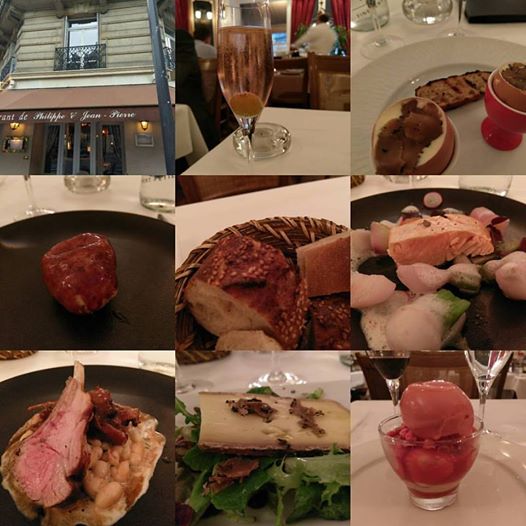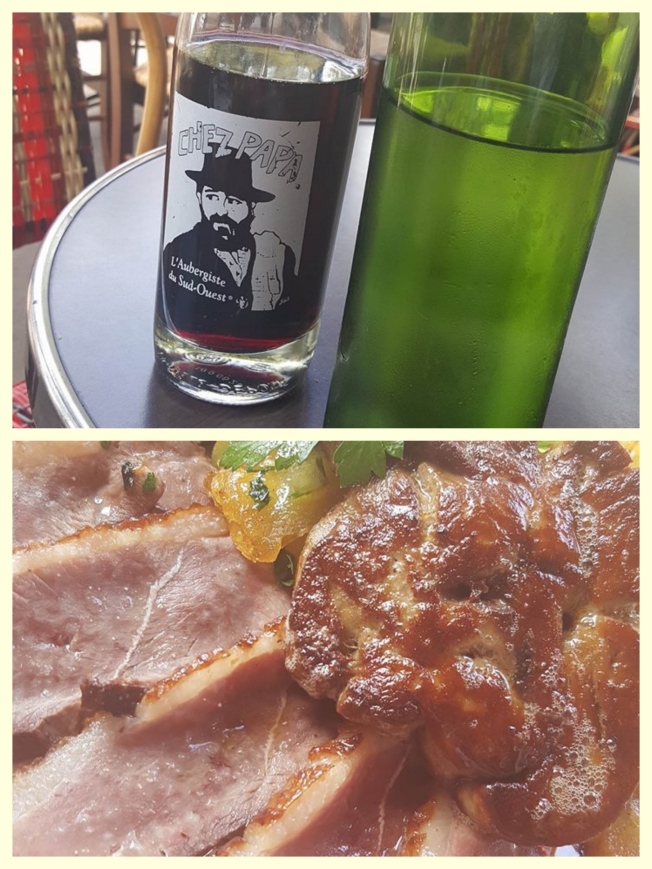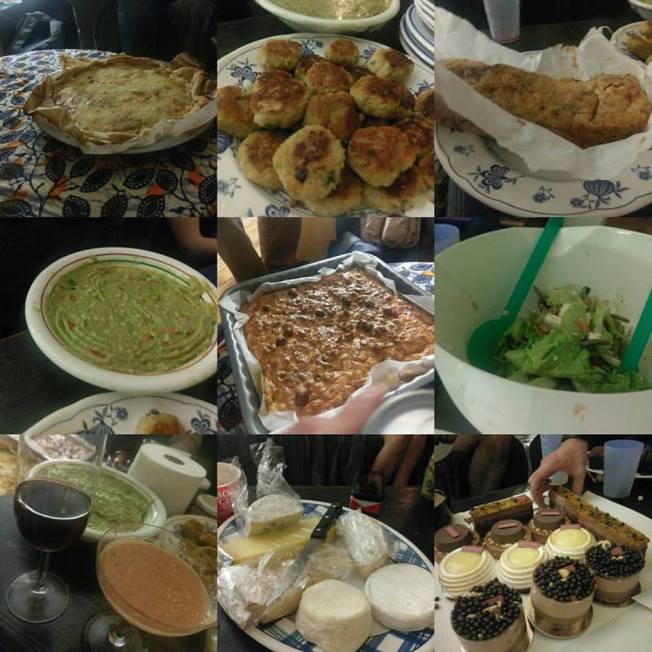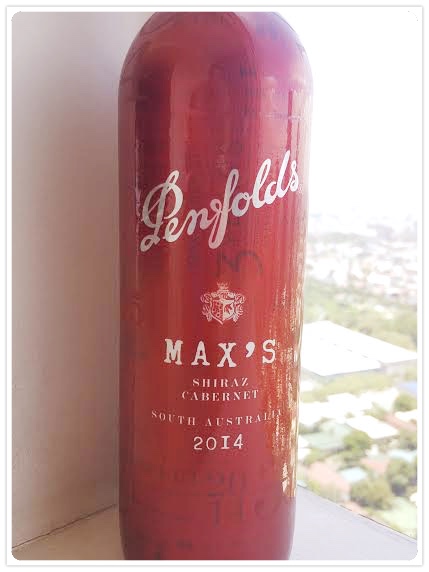A cup of opal
Through which there glows
The cream of the pears,
The heart of the rose;
And the blue of the sea
Where Australia lies,
And the amber flush
Of her sunset skies,
And the emerald tint
Of the dragonfly
Shall stain my cup
With their brilliant dye.
And into this cup
I would pour the wine
Of youth and health
And the gifts divine
Of music and song,
And the sweet content
Which must ever belong
To a life well spent.
And what bread would I break
With my wine, think you?
The bread of a love
That is pure and true.Bread and Wine by Ines K. Hyland (1863-92)
Indeed, there is so much passion ingrained in the hearts and souls of the people behind the iconic Penfold’s brand that it inspires beautiful poetry.
The thing is, their winemakers are so zealous that they’ve made wines from so many different parts of Australia, including Adelaide, Barossa, Clare Valley, Coonawara and Limestone Coast and McLaren Vale, with the aim of creating some of the best wine Australia has to offer.
This is a lovely notion, but it does tend to overwhelm buyers.
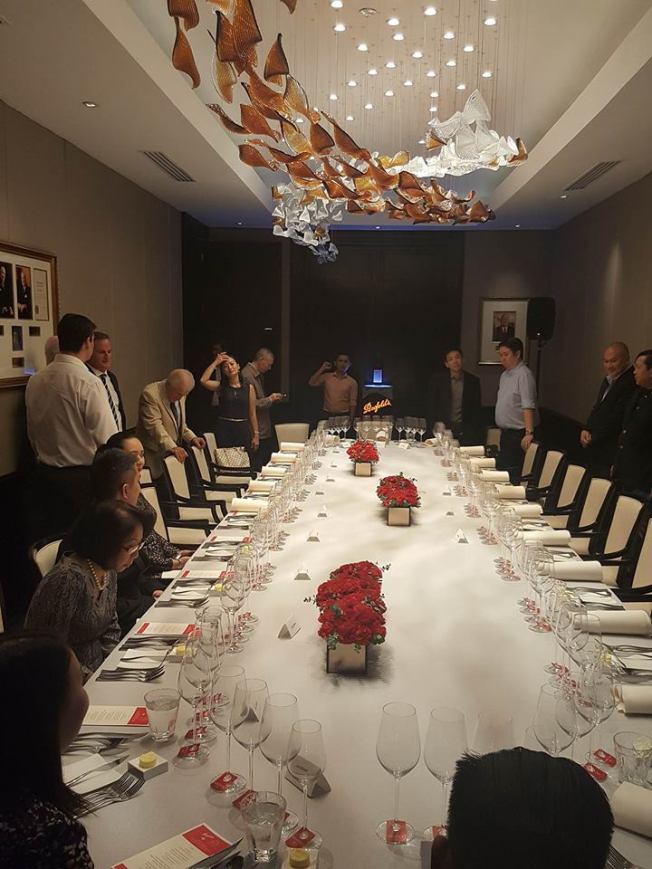
Penfolds Wine Dinner, Old Manila, Manila Peninsula
Well. Never fear, because we are here to run through the different labels for everyone. This is a collection of information based from books, and experiential knowledge obtained through a dinner we were privileged enough to attend on 27 August in Old Manila, Manila Peninsula.
Icon Wines
Bin 95 Grange Shiraz

Top of the Penfolds line, the iconic Bin 95 Grange
First released commercially in 1952, this predominantly Shiraz powerhouse is a multi-regional blend, with grapes coming from Barossa Valley, Clare Valley, McLaren Vale, Coonawarra, Padthaway, Robe and Magill Estate. It was named after the Grange cottage built in 1845 and initially labeled as Grange Hermitage until the 1989 vintage (an interesting tidbit for would-be collectors). It was also the first Penfolds label to be available in a Magnum size.
“I hope that the production and the acceptance of Grange Hermitage as a great Australian wine has proved that we in Australia are capable of producing wines equal to the best in the world.” – Max Schubert, winemaker and creator of Grange Hermitage, after achieving the 100th Gold Medal Award in November 1975
“Grange is one of the singular great wines of the world.” – Josh Raynolds, Editor of International Wine US
Personally, I lost sense of poetry when I had this during the dinner and told my BFF, “Grange will change your life.” He agreed.
Bin 144 Yattarna Chardonnay
This beauty has been around since 1995 and is similarly a multi-district blend, with grapes hailing from Adelaide Hills, Tumbarumba, Henty, and Derwent River Valley. When it was first released, it was deemed as the “most eagerly anticipated white wine in Australian history”. Consistently, Yattarna is an elegant, intense, linear style Chardonnay with apple and white peach flavour profiles, and a pure fruit expression complimented by crystalline freshness. “Yattarna” is from an indigenous word meaning “little by little” or “gradually”.
Luxury Wines
Bin 707 Cabernet Sauvignon
Since 1964, this South Australian (Barossa Valley, Coonawarra, Padthaway, Robe, and Wrattonbully) Cabernet Sauvignon is made with so much pride that they refuse to make this label unless the harvest is phenomenal. Their goal is to release the Penfolds style at its most powerful.
“Bin 707 Cabernet Sauvignon is completely unadulterated. The blend offers one of the most distinctive expressions of this variety in this world.” – Peter Gago, Penfolds Chief Winemaker
“The original Bin 707 was a marvellous wine; it comprised mostly Block 42 Cabernet. The first releases had the richness and ripeness expected of a warm- to hot-climate fruit. A gradual move to Coonawarra during the 1980s changed it to a more elegant cool-climate wine. During the mid-1990s it seems to have reverted back to its original style; a distinctive Penfolds wine divorced from other Australian Cabernets.” – Don Ditter, Penfolds Chief Winemaker (1973-1986)
RWT Barossa Valley Shiraz
RWT stands for Red Winemaking Trails, but is more famous as being the “Baby Grange”. It’s a cellaring style wine whose first vintage is 1997. “Whereas Grange uses American Oak, RWT definitely shows off French oak like a French lady showing off her mink coat” – Neal Martin
Bin 169 Cabernet Sauvignon
Made from grapes harvested from prime Coonawarra vineyards, it’s an excellent alternative to a Bin 707, although it uses French oak, and is distinctive for having gorgeous scents and rich concentration.
Magill Estate Shiraz
A single vineyard wine with grapes from Magill Estate, Adelaide, and South Australia, and has been in production since 1983. The concept involves making a “chateau-style” red wine distinctly different from the top-of-the-line Grange style, which resulted to a gentler Grange in terms of texture, without compromising the powerful notes and flavours of a Penfolds Shiraz.
“These are complete expressions of Cabernet Sauvignon. There’s nothing quite like this in Australia” – James Halliday, The Australian
St. Henri
Released commercially since 1957, this blend of Shiraz and Cabernet Sauvignon is a multi-district blend. It was initially named “Claret” until the 1989 vintage. Describing it is a challenge to wine professionals, as it’s consistently a contradiction of old-fashioned and contemporary wine styles. It’s also easy to spot from the Penfolds range because of their distinct, curved logo.
Reserve Bin A Chardonnay
“All finesse and elegance. They reflect the exciting and ongoing changes in Australian style.” – James Halliday, The Australian
This minerally, fresh style of a Chardonnay has had a huge fan base since its release in 1994. It is everything contrary to a flabby Chard: Flinty and aromatic, with a sharp acidity.
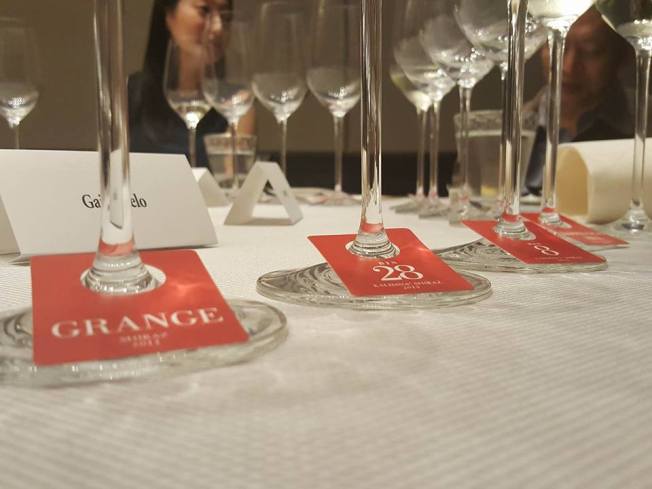
A wine soaked dinner courtesy of Penfolds
Special Bins
These are wines that Penfolds releases only during really good years… Part of my ultimate wino dreams is to be able to sample some of these.
Block 42 Kalimna Cabernet Sauvignon: 1953 as a Grange Cabernet, 1961, 1963, 1964 as Bin 707, 1996, and 2004
Bin 60A Cabernet Sauvignon Shiraz: 1962 and 2004
Bin 620 Cabernet Shiraz: 1966 and 2008
Special Bin Wines: One-off releases (often limited to a single barrel or micro-blend), starting with the 1948 Kalimna Cabernet Sauvignon. There are many, including the 1958 Bin 136 Magill Burgundy, 1957 Bin 14 Mincinbury Dry Red, 1962 Bin 60 (the “off-blend”), 1962 Bin 434 Coonawarra Cabernet Shiraz, 1967 Bin 7, 1973 Bin 169 Coonawarra Cabernet Shiraz, 170 Kalimna Shiraz, Bin 80A, Bin 820, Bin 90A Bin 920, 2008 Bin 620, 2010 Bin 170.
Cellar Reserve Wines
These were similarly “one-off”, experimental wines, targeting hardcore wine enthusiasts.
Cellar Reserve Adelaide Hills Pinot Noir
Cellar Reserve Barossa Valley Sangiovese
Cellar Reserve McLaren Vale Tempranillo
Cellar Reserve Barossa Valley Cabernet Sauvignon
Cellar Reserve Coonawarra Cabernet Barossa Valley Shiraz
Cellar Reserve Barossa Valley Grenache
Cellar Reserve Kalimna Block 25 Mataro
Cellar Reserve Adelaide Hills Merlot
Bin Wines
Trivia: The word BIN actually stands for Batch Identification Number, a system which most wine makers use to identify barrels in their (normally) vast cellars.
Bin 389 Cabernet Shiraz
Bin 150 Marananga Shiraz
Bin 407 Cabernet Sauvignon
Kalimna Bin 28 Shiraz (a personal favourite, proving affordable wines can be delicious)
Bin 128 Coonawarra Shiraz
Bin 138 Barossa Valley Grenache Shiraz Mataro
Bin 23 Adelaide Hills Pinot Noir
Bin 2 Shiraz Mourvèdre
Bin 8 Cabernet Shiraz
Bin 311 Chardonnay
Bin 51 Eden Valley Riesling
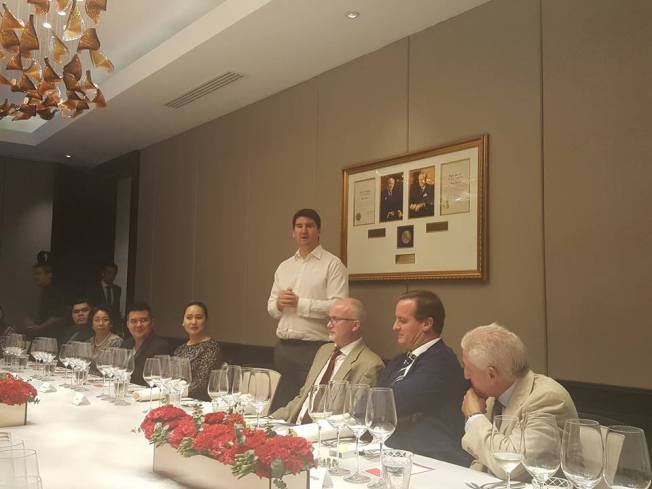
Adam Clay, Winemaker, Penfolds
Koonunga Hill
Beautiful entry-level wines that don’t compromise quality
“No guilt, no apologies. Koonunga Hill Shiraz Cabernet is a real Penfolds red wine.” – Peter Gago, Penfolds Chief Winemaker
Koonunga Hill Shiraz Cabernet
Koonunga Hill Seventy-Six Shiraz Cabernet
Koonunga Hill Autumn Riesling
Fortifieds
As mentioned in a previous blog entry, Penfolds started their foray into winemaking by making fortified wines. It does make sense to continue this tradition by steadily creating a line of fortifieds.

The iconic Grange, and a Father Grand Tawny for dessert
Club Tawny
Club Reserve Tawny
Father Grand Tawny
Grandfather Rare Tawny
Grandfather Rare Tawny Series 12 and 13
50 Year Old Rare Tawny
1940 Grandfather Aged Tawny Port
1945 Bin S6 Grandfather Aged Tawny Port
So there you have it, a little cheat sheet on the Penfolds line.
I’m holding on to the edge of my seat, excited for what they have next for the world. 😉
What’s your favourite Penfolds wine? Cheers!
*Resource: The Rewards of Patience, Seventh Edition by Andrew Caillard, MW

